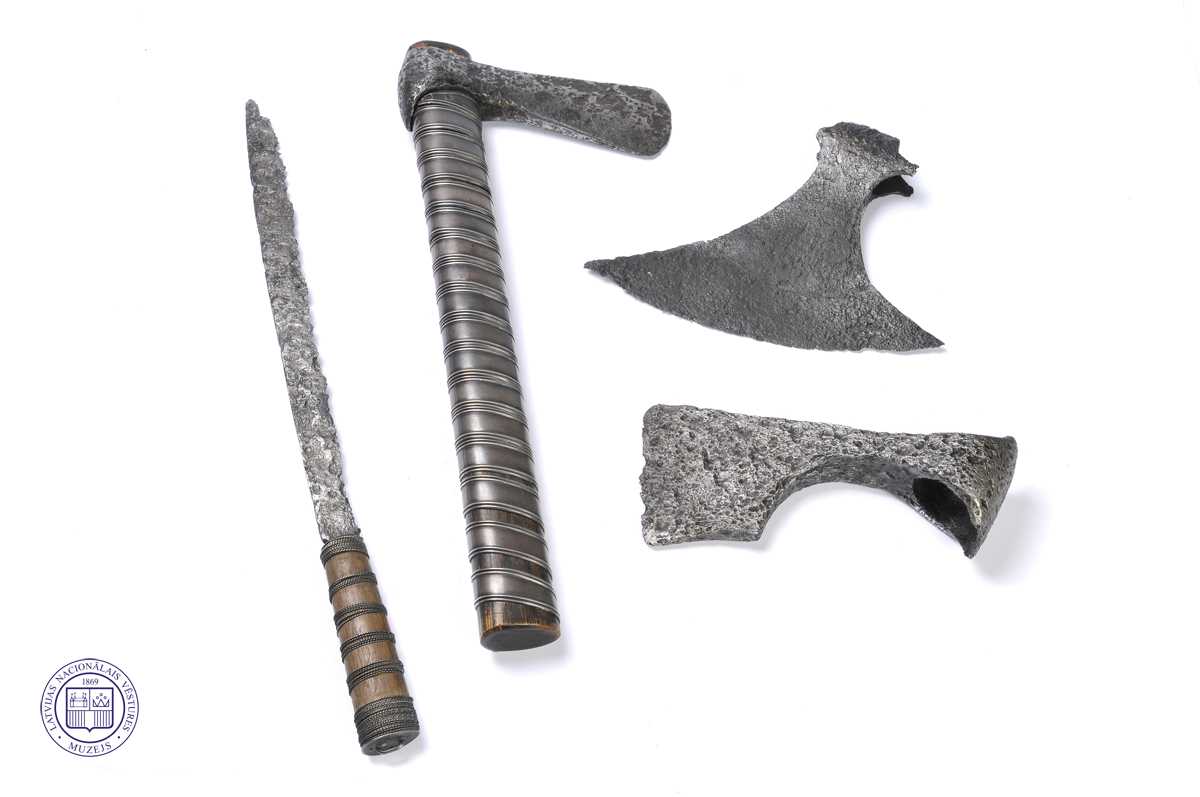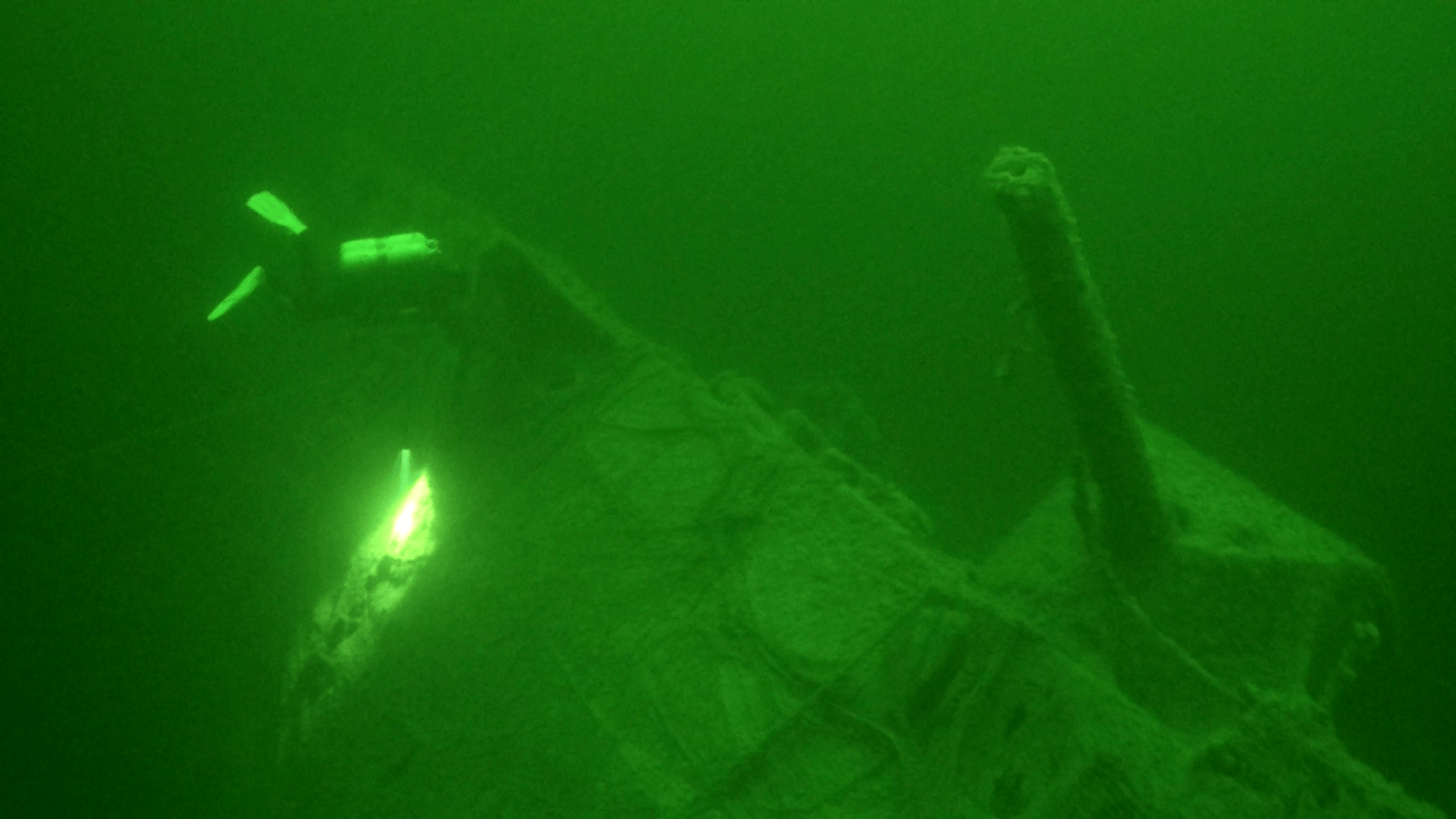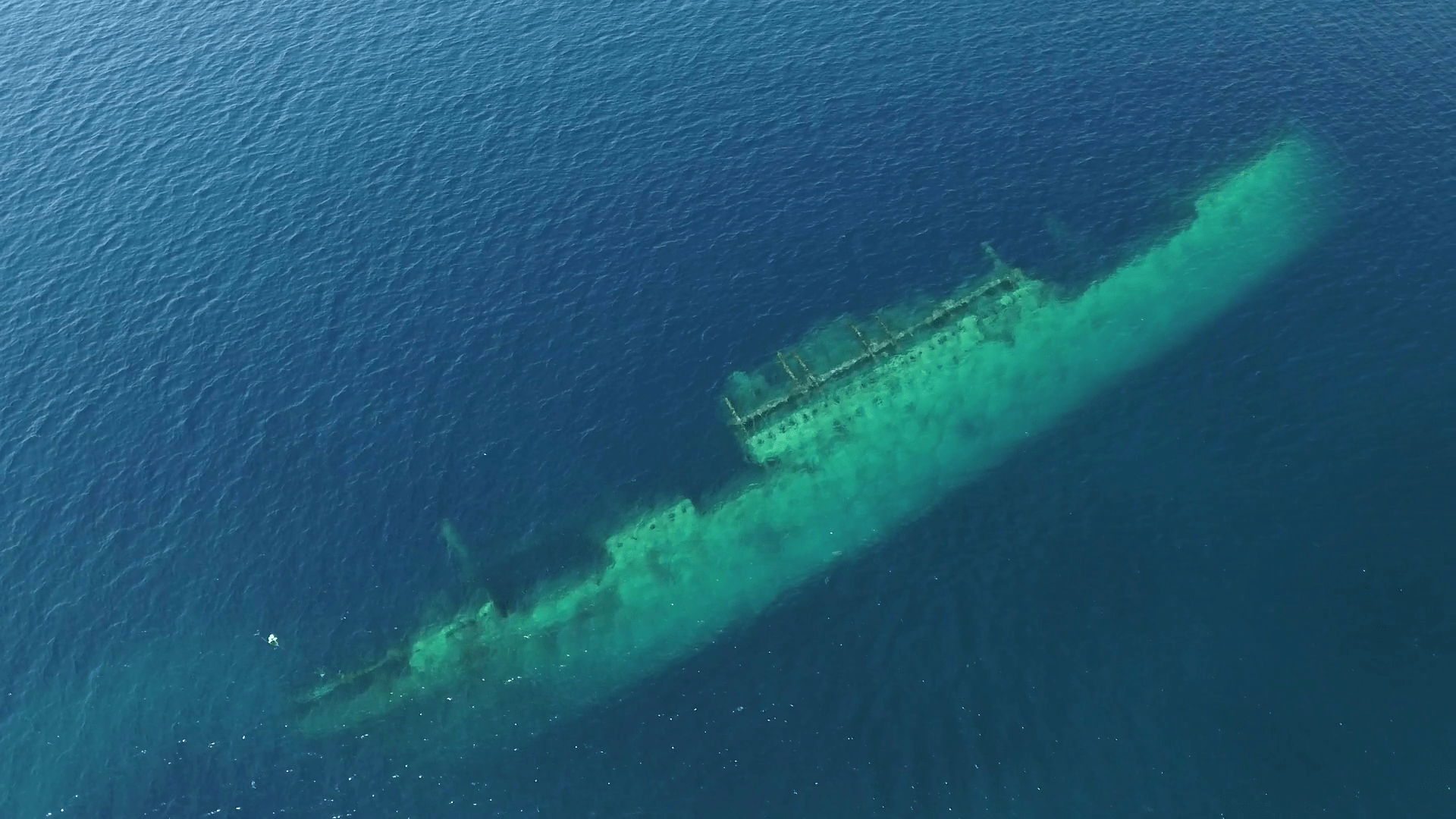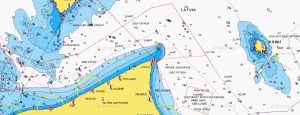Table of Contents
A Beginner's Guide to Historic Shipwrecks in the Baltic Sea
Introduction
The Baltic Sea, with its rich maritime history, holds a treasure trove of secrets beneath its surface. The shipwrecks scattered in its depths whisper stories of bygone eras, trade routes and naval forces. In this beginner's guide, we embark on a journey to uncover the secrets of historic shipwrecks in the Baltic Sea. In this article, we will look at topics that are important for every diver who has completed training at the diving club "Divings.lv".
Why historic shipwrecks in the Baltic Sea matter
Crossroads of the sea
The Baltic Sea has long been an important trade crossroads connecting peoples and cultures. Understanding the historic shipwrecks in the region reveals a complex tapestry of maritime history, highlighting its influence on the development of civilizations.
Hanseatic Heritage
Delving into the shipwrecks of the Baltic Sea inevitably leads us to the Hanseatic League, a medieval trade alliance that shaped the seascape. Hanseatic shipwrecks tell the story of bustling trade routes, economic prosperity, and the challenges sailors faced navigating these unpredictable waters.
Echoes of wars and conflicts
The study of shipwrecks also provides insight into the impact of historical events and conflicts. The Baltic Sea, which has witnessed many wars, is home to silent naval remnants, revealing the battle scars that have shaped the region's geopolitical landscape.
Map of shipwrecks in Latvia
Schematic map of shipwrecks sunk in Latvian territorial waters, compiled from many different sailors' maps, sonar measurements, divers' notes, as well as fishermen's notes and stories. Let's treat the maritime heritage of history sunk in the waters of Latvia with care!
This is the most complete schematic shipwreck map with over 200 sunken shipwrecks. If you know of other wrecks that are not marked on this map, please let us know.
More about the map of sunken shipwrecks of Latvia here.
Underwater archaeological discoveries
Underwater archaeology, challenges and opportunities
Unique challenges must be overcome to uncover the secrets of shipwrecks beneath the Baltic Sea. Harsh weather, strong currents, and limited visibility present obstacles, but these challenges also create opportunities for underwater archaeologists to make remarkable discoveries.
Methods in underwater archaeology
Archaeologists use sophisticated techniques to study sunken shipwrecks. From sonar technology to remotely operated vehicles (ROVs), these tools help uncover the treasures hidden beneath the waves. Diving into the depths of history, researchers piece together the puzzle of maritime heritage.
Underwater archeology studies archaeological sites located under water (seas, rivers, lakes). In the diving club "Divings" we have carried out underwater surveying and filming works for the Alūksne Lake archeology project, as well as others.

More on Underwater Archaeology, here
Shipwrecks and their cargo
Different types of ships
Baltic Sea Shipwrecks cover a variety of ships and each has its own story. From the cog trade to warships, these wrecks provide insight into the diverse maritime activities that once plied these waters.
Cultural and economic importance of cargo
Examining the cargo on these sunken ships reveals the economic and cultural exchanges that took place. Goods, artifacts, and even perishable goods provide valuable insight into the interconnectedness of societies along the Baltic coast.
Archaeological discoveries and historical insights
Windows into the past
Shipwrecks serve as windows into the past, preserving moments frozen in time. Archaeological discoveries not only contribute to our understanding of maritime history, but also provide a nuanced view of everyday life, revealing the challenges faced by seafarers and communities that depended on maritime trade.
Special archaeological finds
Highlighting special archaeological finds such as well-preserved ship structures, artefacts and personal effects showcases the wealth of historical information that lies beneath the sea. These findings help create a vivid narrative of the people and cultures connected by the Baltic waters.
Divers' equipment for exploring the Baltic Sea
Specialized diving equipment
Diving into the depths of the Baltic Sea requires specialized equipment designed to withstand the challenges of the environment. From dry suits to underwater communication systems, divers use advanced technology to navigate and document the underwater world.
In the "Divings" underwater diving club, we offer high-quality diving equipment with a 2-year manufacturer's warranty and practice-tested, very reliable and well-functioning diving equipment in Baltic conditions. You can buy proven Cressi, Aqualung, Sopras, Tecline catalog diving products at the best prices.
With diving club card -10% for all purchases. Diving equipment is available in our or the manufacturer's warehouse, ask us for an offer on tel. 220-77-202! Learn more about modern diving equipment and buy it here
Cooperation of archaeologists and divers
Successful exploration depends on the cooperation of archaeologists and qualified divers. The synergy between these professionals ensures safe and efficient exploration of shipwrecks, maximizing opportunities for meaningful discoveries while preserving the delicate underwater environment.
Average depths of Baltic Sea shipwrecks
Open depths
Understanding the average depth at which historic shipwrecks are found is critical to appreciating the challenges facing archaeologists and divers alike. In the different depths of the Baltic Sea, wrecks are located at different levels, from 3 to 80 meters, and each shipwreck has its own preservation conditions.
Effect of depth on retention
The depth at which a shipwreck lies directly affects the preservation of its structure and cargo. Studying the factors that influence preservation helps us gain a more accurate picture of the conditions that shape our ability to discover and learn from these submerged time capsules.
Conclusion
As we conclude the study of historical shipwrecks in the Baltic Sea, we find ourselves at the crossroads of the past and the present. The stories contained in these sunken ships not only enrich our understanding of maritime history.
Diving on the best historical shipwrecks in the Baltic Sea
Diving on the best historical shipwrecks, the divers of the underwater diving club "Divings", in the Baltic Sea and the Gulf of Riga, offer a fascinating journey into the past. The opportunity to explore these underwater archaeological sites gives divers a unique connection to history and the opportunity to discover the stories held within these submerged treasures. However, it is important to approach these places with respect, understanding the importance of preservation and conservation. By doing so, divers can contribute to the protection and continued enjoyment of these remarkable historical landmarks, ensuring that the appeal of diving into the depths of maritime history will be available for years to come.

Trips to shipwrecks organized by divers
A lot of fish usually live on shipwrecks, they form a beautiful and interesting underwater ecosystem. Diving is useful for researchers of various Baltic Sea fish and history buffs!🐟🦑🦞
New divers can complete the following scuba diver certifications while diving on a wreck –
– AOWD
– DRY SUIT
– WRECK DIVER
– Diving from a diving boat costs 30.00 – 100.00 EUR (Depends on the distance)
– Equipment rental with club card 20 EUR
Apply: 220-77-202 Phone or WhatsApp.


